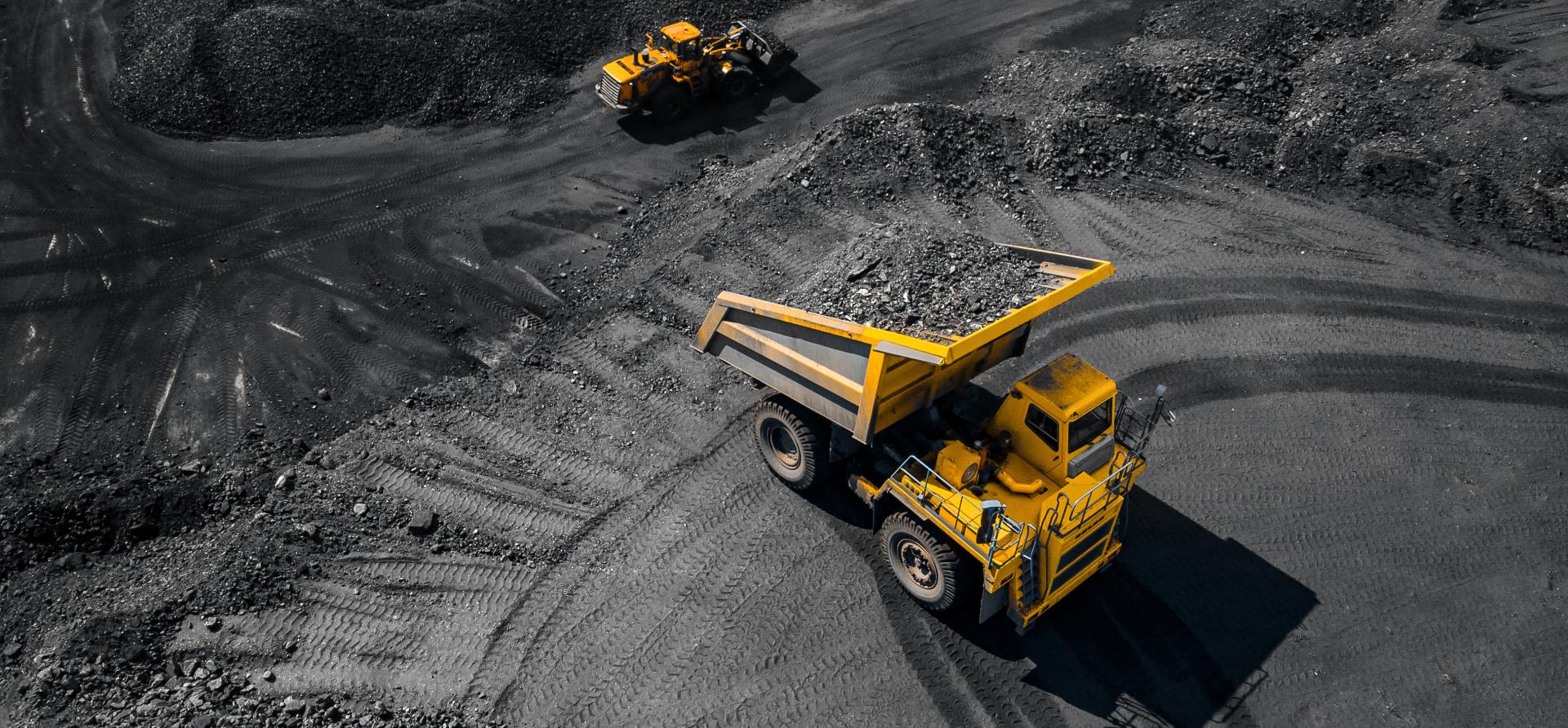IEEFA: More than half of current global steel production may have already reached peak carbon emissions

The latest data from China’s National Bureau of Statistics shows that the country’s monthly crude steel production dropped to a nearly four-year low in October 2021 at 71.6 million tonnes.
For the first ten months of 2021, China’s crude steel output is now down 0.7%, the first decline in year-to-date output for at least five years.
China dominates global steel production and produced 57% of the world’s crude steel in 2020.
China’s steel industry is dominated by blast furnace technology that requires large quantities of coking coal. In 2020, 91% of Chinese steel was produced in blast furnaces with just 9% coming from electric arc furnaces (EAF) that recycle scrap steel.
China’s steel production may have already peaked
The International Energy Agency (IEA) expects that this will change over the coming decades as China’s economy matures and more scrap becomes available. Under its Announced Pledges Scenario, the majority of Chinese steel production is from scrap-EAF processes by 2060 – the year China has stated it will reach net zero emissions.
In addition to increased scrap steel availability, such a turnaround would be driven by a decline in China’s steel production. By 2060, the IEA foresees Chinese steel production to be 40% lower than 2020 levels with peak steel production expected in the mid-2020s.
By 2060, the IEA foresees Chinese steel production to be 40% lower than 2020 levels
However, it’s possible that Chinese steel production – and hence China’s steel sector carbon emissions – peaked in 2020.
In the first half of 2021 Chinese steel production was up significantly on the same period in 2020 but steel manufacturers are now required to keep total 2021 production below the prior year. The latest National Bureau of Statistics figures suggest this requirement is being implemented.
The World Steel Association now forecasts that China’s 2021 production will be down 1% on the prior year with no growth in 2022 given the real estate sector is expected to remain depressed. The real estate sector is responsible for around 30% of Chinese steel demand.
China’s troubled property sector is reducing overall steel demand. October was the sixth straight month that Chinese steel output declined but with steel inventories flat or even up in some cases, demand reductions appear to be outpacing production decreases. In October, China’s property developers reduced construction financing by 75% of the October 2020 figure and construction steel demand is expected to remain subdued in 2022.
China’s troubled property sector is reducing steel demand, outpacing production decreases
The policy of keeping production below the previous year’s level may continue into the foreseeable future with implication that steel output will never reach 2020 levels again.
At the same time, China is attempting to promote the use of scrap steel in EAFs – a steelmaking route that doesn’t involve coking coal and has significantly lower carbon emissions than blast furnaces – a move that would push the steel sectors carbon emissions down further.
Meanwhile, there is unlikely to be significant, long-term steel production growth in developed markets where technology changes will help reduce steel sector emissions.
The U.S. produces about 70% of its steel from recycled scrap, already making steel a relatively low emissions intensity sector. EAFs are powered by electricity and further roll-out of wind and solar power will assist the emissions intensity decline still more in the long term.
October 2021 saw the launch of a new solar project dedicated to supply power to a steel plant, making it the first steel mill in the U.S. to be run largely on solar power.
Meanwhile, Europe is set to lead the world in the transition to new, low-emissions steel manufacturing technology such as direct reduced iron (DRI) facilities that use green hydrogen.
Global steel demand still rising
However, even under its net zero emission 2050 (NZE) scenario the IEA foresees global steel production rising over the next few decades – the fall in China’s production will be offset by rises in production in developing markets such as India, South-east Asia and Africa as their economies continue to emerge.
How global steel emissions change over those decades will depend to a large extent on the steel technology pathway these developing nations choose in the near term.
India is currently the world’s second-largest steel producer, manufacturing 5% of global production – far behind China’s output. However, the IEA notes this could increase to almost 20% by 2050.
Thanks to plentiful domestic thermal coal and a dearth of coking coal, India is already a major user of globally-lesser-used DRI technology where gasified thermal coal can produce the carbon monoxide and hydrogen used as the iron ore reductants.
India’s iron and steel sector is responsible for one-fifth of industrial energy consumption and – due to high reliance on coal – produces almost a third of India’s direct industrial emissions. Small production facilities and low utilisation of scrap steel contribute to the higher-than-average carbon emissions intensity of the Indian steel sector in addition to its high reliance on coal in both DRI and blast furnace production pathways.
There is potential to reduce emissions from India’s DRI steel plants by replacing gasified coal with green hydrogen as it becomes cost-competitive. India was one of five nations that pledged recently to drive demand for low-carbon steel under the Industrial Deep Decarbonisation Initiative (IDDI).
Investing in blast furnaces in developing nations risks locking in emissions or producing stranded assets
However, India’s steel emissions pathway will depend to a large extent on how far blast furnace additions go as its economy continues to expand. To date, there have been no industrial-scale carbon capture projects announced that could lower blast furnace emissions.
China has the ability to begin its steel sector technology transition with increased focus on scrap-EAF processes as its economy matures, steel production begins to reduce and more scrap steel becomes available. This means that China can reduce the emissions intensity of its steel whilst green hydrogen costs continue to reduce towards competitiveness.
Other developing nations that are not yet close to peak steel production will need to continue to produce primary steel and opportunities for scrap steel recycling will be smaller.
With steel demand in such nations recovering after COVID-19 and set to continue to rise in the future, decisions to invest in more blast furnaces to meet this demand could either lock in more emissions for decades (or produce a new generation of stranded assets).
Long term steel production increases in growing economies like India are on course to offset reductions elsewhere. There is substantial risk that their steel sector emissions increases could offset reductions elsewhere too.
Simon Nicholas is an IEEFA Energy Finance Analyst. Soroush Basirat is an IEEFA Steel Sector Energy Finance Analyst.
Related articles
IEEFA: The cash hit-list to counter climate change
IEEFA: COP26 needs to focus on renewables, not fanciful technology
IEEFA: EU considers bowing out of gold standard taxonomy, leaving room for China to take the lead
















